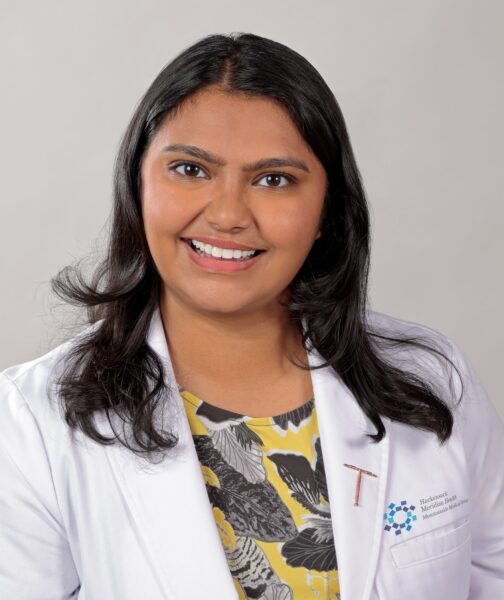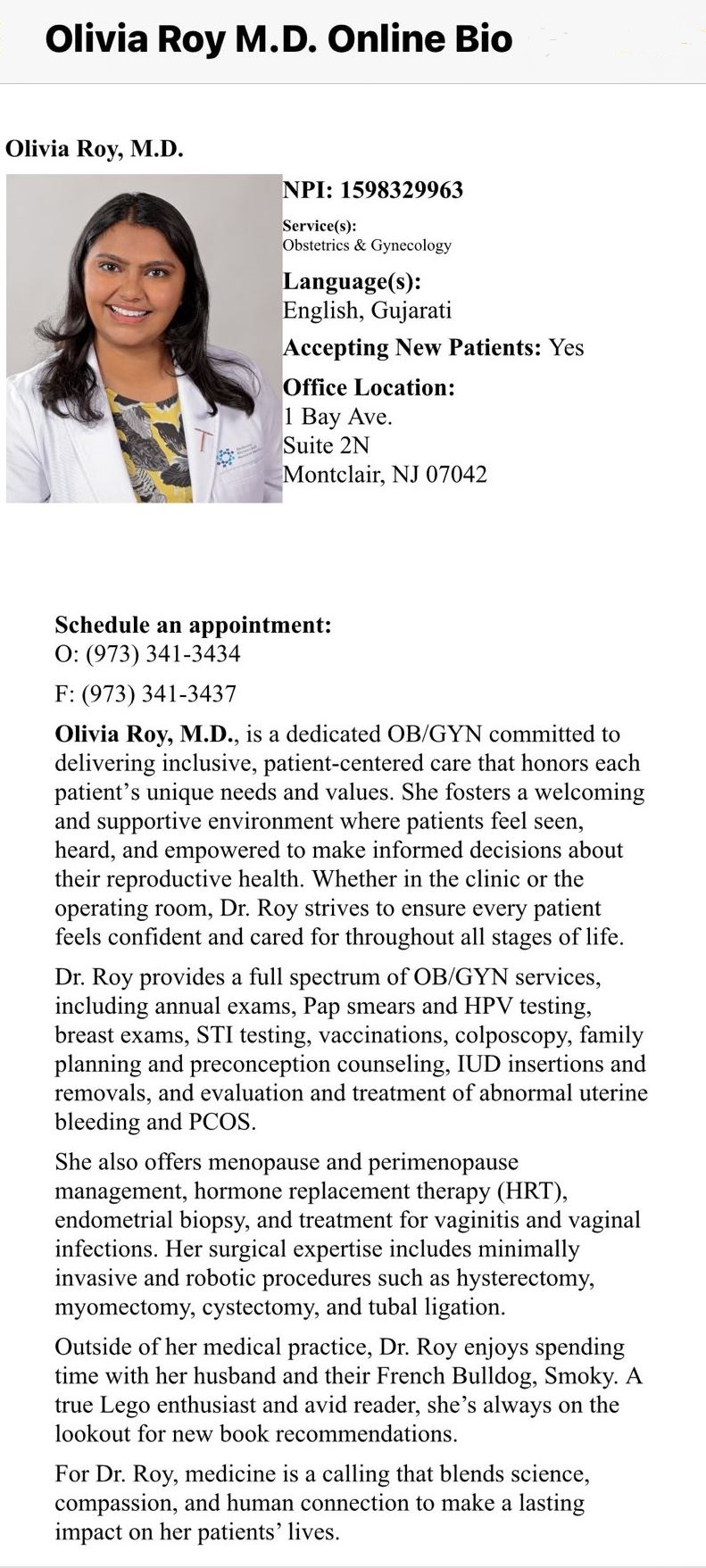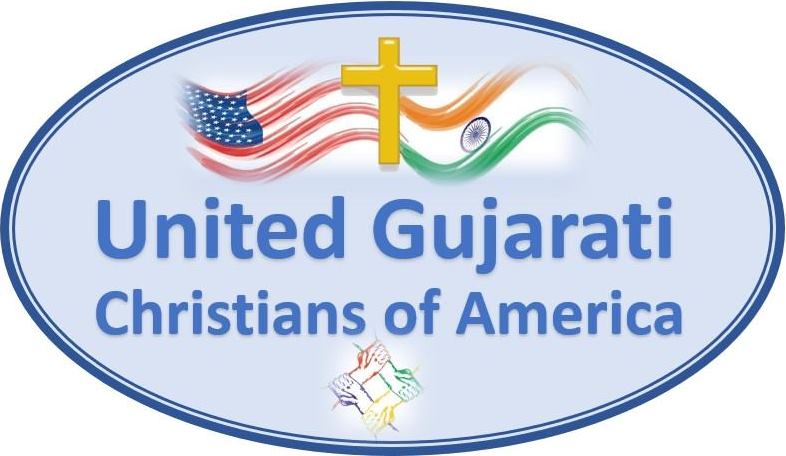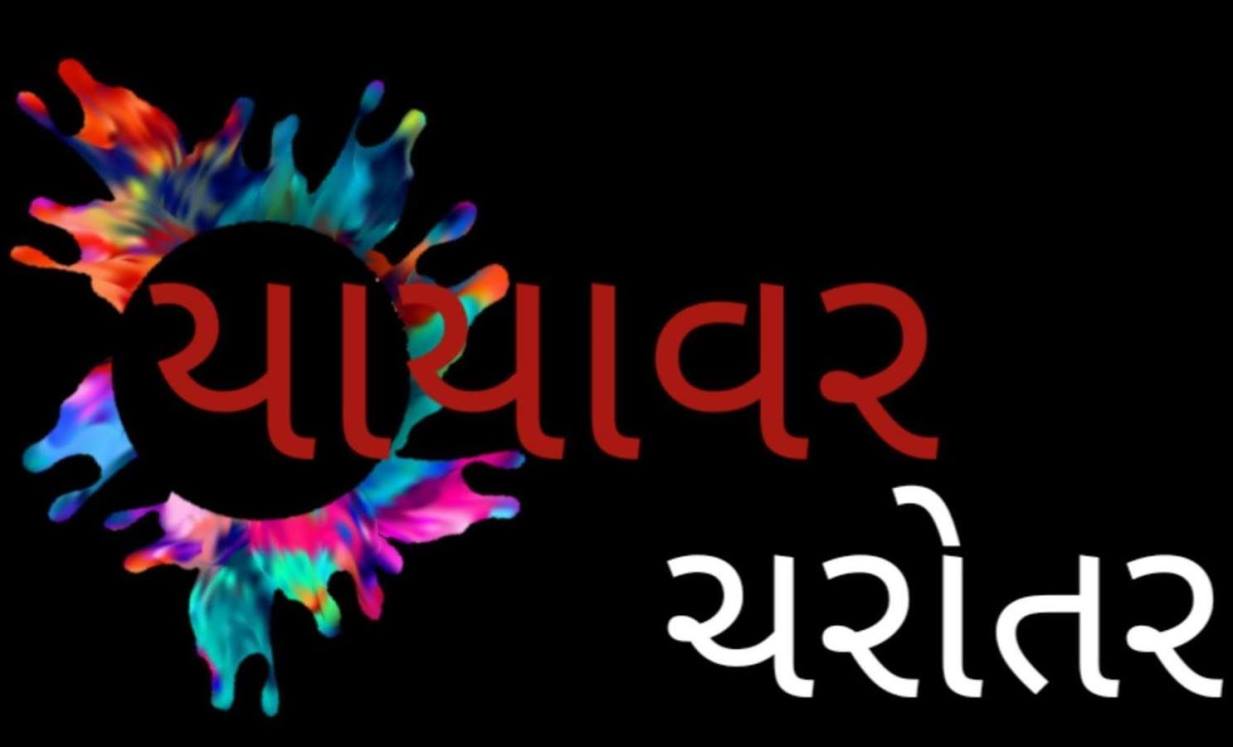Automated test via XML-RPC.
XML-RPC Test Post
Automated test via XML-RPC.
Dr. Olivia Roy, M.D. is a dedicated OB/GYN. Daughter of Mamta and Dr. Prakash Roy.

Dr. Olivia Roy, M.D. is a dedicated OB/GYN. Daughter of Mamta and Dr. Prakash Roy. She is niece of Dr. Vijay Roy. Her office is in Montclair, NJ. Please contact her for your OB/GYN services.
Skatt på vinster från online casino utan svensk licens och vad du behöver veta
Den svenska spelmarknaden har genomgått signifikanta förändringar, särskilt med avseende på de regler och villkor som påverkar hur vinster hanteras. Många spelare vänder nu sin uppmärksamhet mot alternativ inom EU/EES, där möjligheten till skattefria belöningar blir alltmer attraktiv. För dem som väljer att spela på dessa plattformar kan det finnas fördelar som den svenska marknaden inte erbjuder.
Det är viktigt att förstå hur deklaration av inkomster från spelande på internationella plattformar fungerar. Vissa spelare är osäkra på vad som krävs av dem och hur vinsterna ska redovisas, vilket kan leda till missförstånd och potentiella problem med myndigheterna. Genom att vara informerad om regler och förordningar kan spelare maximera sina vinster och undvika onödiga fallgropar.
Att känna till skillnader och likheter mellan att spela på inhemska och utländska sidor är avgörande. Utöver att det ger spelaren mer frihet och ett bredare utbud av spel, kan det också erbjuda en möjlighet att lagligt dra nytta av skattefria vinster. Den här artikeln syftar till att ge en djupare insikt i dessa aspekter och hjälpa spelarna att navigera i den komplexa världen av deklaration av inkomster från spelupplevelser på plattformar utanför Sverige.
Skatteregler för vinster från utländska casinon

Att förstå deklaration och eventuella skattefria vinster är centralt för spelare som nyttjar tjänster från casinon med europeiska eller EES-licenser. Många spelare undrar hur deras intäkter behandlas skattemässigt och vilka regler som gäller beroende på var spelverksamheten är baserad.
Här är några viktiga punkter att tänka på:
- EU/EES-licenser: Vinster från ett casino med licens inom EU/EES anses generellt vara skattefria för svenska spelare. Detta innebär att spelare inte behöver rapportera dessa intäkter i sin deklaration.
- Icke-EU/EES-licenser: Om ett spelbolag har licens utanför dessa områden kan skattereglerna skilja sig. Det är viktigt att kontrollera var casinot är registrerat och vilket regelverk som gäller.
- Rapportering: För spelare som vinner pengar på casinon utanför EU/EES kan det vara nödvändigt att redovisa intäkterna i sin deklaration, vilket kan leda till skatteplikt.
Sammanfattningsvis är det avgörande att vara medveten om var casinot är licensierat för att korrekt förstå hur vinster hanteras skattemässigt. Gör alltid din research och håll dig informerad om aktuella regler för att undvika eventuella problem i framtiden.
Hur deklarera vinster från online spel
När man hanterar deklarationen av vinster från spelaktiviteter är det viktigt att förstå regelverket som gäller. Om du har gjort vinster via plattformar som inte är baserade i Sverige eller inom EU/EES, kan situationen vara något annorlunda.
Det första steget är att samla all nödvändig information om dina spelaktiviteter. Användandet av tydlig dokumentation är avgörande. Detta inkluderar datum för spel, insatta belopp samt de belopp som mottogs som utbetalningar. Genom att ha allt i ordning förenklas processen avsevärt.
För spelvinster som inte är skattepliktiga enligt svenska regler är det viktigt att notera att vinster från aktörer inom EU/EES kan hanteras annorlunda. Dessa vinster betraktas ofta som skattefria, vilket innebär att du inte behöver deklarera dem i din årliga inkomstdeklaration.
Men, om du har spelat hos plattformar utanför den europeiska ekonomiska gemenskapen, kan vinsterna vara skattepliktiga. Det kan vara klokt att rådgöra med en skatteexpert för att få en klar bild av hur dessa vinster ska hanteras. Denna typ av vägledning kan hjälpa dig undvika potentiella problem med skattelagstiftningen.
Kort sagt, med rätt information och angelägenhet kan du effektivt deklarera dina vinster och se till att du följer alla gällande regler. Att vara välinformerad och proaktiv i din hantering av dessa frågor är alltid fördelaktigt.
Skillnader mellan svensk och utländsk spellicens

Det råder betydande skillnader mellan spelregelverk som gäller för svenska och utländska plattformar. Medan svenska regler är rigorösa och strävar efter att skydda spelare, erbjuder många utländska aktörer mer flexibla villkor. Svensk licensiering kommer med strikt övervakning och krav på ansvarsfullt spelande, vilket innebär att spelare alltid är skyddade. Å andra sidan kan utländska alternativ ofta ge en mer fri spelupplevelse.
En av de mest framträdande skillnaderna ligger i skattelagstiftningen. Svenska aktörer verkar under den svenska spelmyndighetens övervakning, vilket betyder att intäkter måste deklareras och beskattas. Utländska plattformar erbjuder däremot ofta möjligheten att spela utan att behöva betala skatt på sina inkomster, vilket kan locka spelare som söker efter skattefria vinster.
Att spela på nya casino utan svensk licens ger spelare tillgång till andra spelmärken som omfattas av olika regler och lagar, ibland med skattefria intäkter. Det är viktigt för spelare att förstå dessa skillnader och överväga vilka konsekvenser det kan få för deras spelande och ekonomiska situation.
I sammanhanget kan det också vara värt att påpeka att vissa utländska operatörer kan ha mindre strikta krav på ansvarsspel och kundskydd, vilket kan leda till en mer avslappnad inställning till säkerheten. Att jämföra dessa olika licensieringsalternativ påverkar spelupplevelsen och kan vara avgörande för att välja rätt plattform.
Tips för att minimera skattebördan på casinovinster

I samband med att spelare i Sverige ofta undrar hur man kan hantera beskattningen av sina vinster, är det viktigt att känna till det gällande regelverket. Först och främst är det avgörande att skilja på var spelbolaget är registrerat, särskilt om det finns en EU/EES-licens. Spelare som spelar på plattformar med licens inom dessa områden kan ha fördelar när det kommer till skattehantering.
När det kommer till deklaration är det viktigt att vara noggrann. Hålla koll på alla transaktioner och vinster kan förenkla processen. För det andra, se över konton som erbjuder en tydlig rapportering av spelhistorik, vilket kan vara till stor hjälp när deklarationen ska fyllas i. Använd verktyg och program som kan automatisera delar av detta arbete.
En annan aspekt att ta i beaktande är att avdrag kan göras för kostnader relaterade till spelande, som kan minska den totala skatteplikten. Se till att spara kvitton och dokumentation för alla insättningar och uttag, eftersom dessa kan behövas vid eventuell granskning av deklarationen.
Sist men inte minst, håll dig informerad om eventuella förändringar i lagstiftningen kring spelbeskattning, så att du alltid har den mest aktuella informationen och kan anpassa din strategi därefter. Genom att noggrant följa dessa tips kan spelare effektivt hantera sin skattebörda och njuta av sina upplevelser med ett lugnt sinne.
Frågor och svar:
Vad innebär skatt på vinster från online casino utan svensk licens?
Skatt på vinster från online casino utan svensk licens innebär att du som spelare måste deklarera och betala skatt på de vinster du får från casinon som inte har svensk licens. Enligt svensk lagstiftning beskattas dessa vinster med en skattesats på 30 procent. Detta gäller för alla spelvinster som överstiger 100 kronor.
Hur deklarerar jag mina vinster från utländska casinon?
För att deklarera vinster från utländska casinon måste du först sammanställa alla dina vinster och förluster under året. När du har all information, anges vinsterna i din inkomstdeklaration under avsnittet för kapitalinkomster. Kom ihåg att hålla ordning på dokumentation som kan bekräfta dina speltransaktioner, såsom insättningar och uttag.
Är det skillnad på skatt för vinster från svenska licensierade casinon och utländska casinon?
Ja, det är en betydande skillnad. Vinster från svenska licensierade casinon är skattefria för spelaren, tack vare den svenska spellagen som trädde i kraft 2019. Däremot är vinster från utländska casinon utan svensk licens skattepliktiga, vilket innebär att du måste betala 30 procent i skatt på de vinster som överstiger 100 kronor.
Kan jag dra av förluster från mina vinster i skattedeklarationen?
Ja, i Sverige kan du dra av förluster från spel mot vinster i samma kalenderår. Om du har förlorat mer än du har vunnit från utländska casinon, kan dessa förluster minska din skattepliktiga inkomst. Det är viktigt att dokumentera alla spelaktiviteter noggrant för att kunna redovisa korrekt i deklarationen.
Vad händer om jag inte betalar skatt på vinster från utländska casinon?
Om du inte betalar skatt på vinster från utländska casinon kan detta leda till konsekvenser som böter och eventuellt straff i form av skattetillägg. Skatteverket har rätt att granska din deklaration och om det visar sig att du inte har deklarerat dina vinster korrekt kan det leda till att du måste betala tillbaka skatt plus eventuella avgifter.
Vilka skatter gäller för vinster från online casino utan svensk licens?
Vinster från online casino utan svensk licens betraktas som kapitalinkomst och ska därmed deklareras i din inkomstdeklaration. Effekten av detta är att du som spelare är skyldig att betala skatt på dina vinster, vilket i Sverige är 30%. Det är viktigt att hålla koll på alla dina vinster och förluster, eftersom förluster kan kvittas mot vinster och därmed reducera den slutliga skattebeloppet. Kom ihåg att skatten ska betalas på vinster som överstiger 1 000 kronor total under ett kalenderår. Se också till att följa alla regler och lagar för att undvika eventuella skatteproblem i framtiden.
Optimisez l’expérience utilisateur grâce à l’intégration back-end performante
Dans le monde dynamique des jeux de casino, la gestion des url dynamique est cruciale pour offrir une accessibilité fluide et pertinente aux joueurs. Grâce à une architecture de base de données bien structurée, les développeurs peuvent non seulement gérer des résultats instantanés, mais également personnaliser l’expérience de chaque utilisateur en temps réel.
Avec l’essor continu du secteur et des prévisions qui s’étendent jusqu’à 2025, il devient impératif de maximiser la fidélité des clients grâce à des stratégies novatrices. Des fonctionnalités comme les free spins permettent d’attirer et de conserver une clientèle variée, tout en s’assurant d’une couverture territoriale appropriée pour chaque marché.
De plus, l’optimisation de la précision géographique des services peut grandement améliorer la satisfaction des utilisateurs, en leur offrant des contenus adaptés à leur localisation. Cet article explorera comment l’harmonisation des processus internes, tout en adaptant les offres aux besoins spécifiques des joueurs, peut transformer la manière dont ils interagissent avec les plateformes de jeux de casino.
La force de l’intégration technique au bénéfice des joueurs de jeux de casino

Dans l’univers des jeux de casino en ligne, l’amélioration des interactions avec les joueurs repose sur des systèmes robustes. Chaque détail compte, et l’accès à des données précises renforce l’engagement des utilisateurs. Cela passe par l’optimisation des bases de données, qui permettent de gérer des volumes massifs d’informations tout en garantissant une réponse rapide.
La précision géographique est également essentielle pour personnaliser les offres. Les plateformes peuvent proposer des bonus attrayants, tels que des free spins, basés sur la localisation des joueurs. En 2025, ces pratiques devraient se développer, intégrant des segments régionaux pour offrir des promotions encore plus ciblées.
Les URL dynamique jouent un rôle clé dans cette démarche. Elles permettent de diriger les utilisateurs vers des contenus adaptés à leurs préférences et à leur couverture territoriale. En adaptant les expériences en temps réel, les opérateurs améliorent non seulement la satisfaction, mais fidélisent également leur clientèle.
En conclusion, l’optimisation technique des plateformes de jeux de casino est un élément déterminant pour enrichir les interactions. Les opérateurs qui investiront dans ces technologies seront mieux positionnés pour attirer et conserver les joueurs, en proposant des expériences sur mesure adaptées à leurs besoins. Cela redéfinira la manière dont les joueurs perçoivent leur expérience de jeu.
Optimisation des performances du site grâce à une intégration fluide
En 2025, la capacité d’un site à offrir des performances optimales repose fortement sur une architecture technique bien construite, où chaque composante joue un rôle déterminant. Une approche harmonieuse de l’infrastructure permet de maximiser la rapidité des temps de chargement, essentielle dans l’univers compétitif des jeux de casino en ligne.
L’un des piliers de cette optimisation réside dans la gestion efficace des bases de données. Une structure de données conçue avec soin garantit un accès rapide aux informations cruciales, permettant aux joueurs de profiter sans interruption des fonctionnalités, telles que les free spins. Chaque seconde compte, et des décisions rapides exigent un système réactif capable d’anticiper les comportements d’utilisation.
La précision géographique est également un aspect fondamental. En tenant compte des segments régionaux, les plateformes peuvent adapter leur contenu et leurs offres, assurant ainsi une meilleure couverture territoriale. Cela se traduit par des expériences plus personnalisées, renforçant la fidélité des joueurs à la marque. Un site capable de s’adapter aux spécificités locales attire un public diversifié et stimule l’engagement.
Enfin, intégrer ces éléments permet non seulement d’améliorer les performances, mais aussi de créer une atmosphère engageante où les joueurs se sentent valorisés. Dans l’industrie des jeux de casino, chaque détail compte, et une optimisation minutieuse peut faire la différence entre un bon service et une expérience mémorable.
Personnalisation de l’expérience par l’analyse des données
Dans le secteur dynamique des jeux de casino, la personnalisation joue un rôle crucial pour attirer et conserver les joueurs. En 2025, les opérateurs de casinos en ligne s’appuieront sur des bases de données sophistiquées pour segmenter leurs utilisateurs selon des critères de fidélité et de comportement. Cette approche permettra de proposer des offres adaptées aux segments régionaux, augmentant ainsi la pertinence des promotions.
L’un des outils clés pour cette personnalisation sera l’analyse des données, permettant aux plateformes d’optimiser la couverture territoriale de leurs services. À travers une analyse de précision géographique, les casinos en ligne pourront identifier les préférences des joueurs dans différentes zones, ajustant ainsi leurs promotions en conséquence.
Grâce à l’utilisation d’URLs dynamiques, les utilisateurs bénéficieront d’une expérience sur mesure, où chaque visite sur le site affichera des recommandations et des offres spécifiques. Par exemple, en analysant les comportements passés des joueurs, un casino peut leur offrir des jeux de casino particulièrement populaires dans leur région ou leur envoyer des incitations pour les jeux qu’ils aiment le plus.
Pour ceux qui souhaitent explorer de nouvelles options, il existe des ressources en ligne comme trouver un casino en ligne avec bonus sans dépôt, qui facilitent cette quête tout en tenant compte des préférences régionales des joueurs. Ainsi, la compréhension des données devient un levier central pour personnaliser chaque interaction, garantissant une satisfaction accrue des joueurs et, par conséquent, une fidélisation améliorée.
Évolution des API pour enrichir l’interaction utilisateur

Les API ont subi une transformation majeure, jouant un rôle clé dans la personnalisation des produits et des services. Grâce à leur capacité à fournir des urls dynamiques, les développeurs peuvent configurer des réponses adaptées aux besoins spécifiques des joueurs, en intégrant des éléments de précision géographique. Cela permet une optimisation des offres en temps réel, enrichissant ainsi le parcours interactif.
Un aspect important de cette évolution réside dans la fidélité des données générées. Les bases de données modernes sont conçues pour traiter des informations massives et complexes, garantissant que chaque utilisateur reçoive des recommandations et des promotions pertinentes. Par exemple, dans le cadre de jeux de casino, ces systèmes peuvent analyser le comportement des utilisateurs pour proposer des free spins adaptés à différents segments régionaux.
La couverture territoriale que ces API offrent est un véritable atout pour les opérateurs. En tenant compte des spécificités locales, les plateformes peuvent ajuster leur contenu global aux préférences des joueurs dans chaque région. Cela apporte non seulement une satisfaction accrue, mais aussi une augmentation du taux d’engagement des utilisateurs.
En somme, l’évolution des API permet une connexion plus profonde entre les plateformes et leurs utilisateurs, transformant la manière dont les données sont exploitées pour offrir des interactions plus personnalisées et enrichissantes dans l’univers du iGaming.
Sécurité des données : comment le back-end renforce la confiance des utilisateurs
La sécurité des données est devenue un enjeu majeur dans le monde numérique, surtout dans le secteur des jeux de casino. À l’horizon 2025, la nécessité d’une protection robuste des informations privées devient de plus en plus pressante. Les utilisateurs souhaitent non seulement s’amuser, mais aussi se sentir en sécurité lors de leurs interactions sur des plateformes en ligne.
Les bases de données jouent un rôle crucial dans ce domaine. En conservant les informations sensibles à l’abri des cybermenaces, elles garantissent que les clients peuvent profiter de leurs jeux préférés sans crainte. Grâce à une architecture de stockage bien conçue, les fournisseurs peuvent assurer une séparation claire des segments régionaux, ce qui renforce la confiance des utilisateurs dans la manière dont leurs données sont traitées.
Une couverture territoriale étendue permet également de répondre aux exigences spécifiques de chaque région en matière de régulations. Cela contribue à instaurer un climat de confiance, car les utilisateurs savent que leurs informations sont gérées en conformité avec les lois locales. En intégrant des mécanismes de sécurité avancés, les plateformes de jeux en ligne augmentent leur crédibilité, leur fidélité auprès des clients s’en trouve également renforcée.
Les URLs dynamiques sont un autre aspect qui améliore la sécurité. Elles aident à éviter le phishing et d’autres cyberattaques, car elles changent régulièrement, rendant plus difficile l’accès non autorisé aux informations. La précision géographique est également essentielle. En utilisant des outils de géolocalisation, les entreprises peuvent garantir que les utilisateurs accèdent aux contenus conformes à leur localisation, tout en protégeant leurs données personnelles.
Dans un environnement où les cyberattaques se multiplient, il est impératif que les acteurs du secteur de l’iGaming mettent l’accent sur la sécurité. En réalisant cela, ils non seulement protègent leurs utilisateurs, mais créent également un écosystème plus stable et fiable, favorisant ainsi la fidélité et la satisfaction. En fin de compte, assurer la sécurité des données est non seulement une responsabilité éthique mais aussi une stratégie commerciale lucrative dans l’univers dynamique des jeux de casino.
Questions-réponses :
Qu’est-ce que l’intégration back-end et pourquoi est-elle importante pour l’expérience utilisateur ?
L’intégration back-end fait référence à la façon dont les différentes technologies et systèmes qui composent le côté serveur d’une application interagissent entre eux. Elle est cruciale pour l’expérience utilisateur car elle assure la fluidité du fonctionnement de l’application. Une intégration efficace permet un accès rapide aux données, un traitement fiable des requêtes et une interaction harmonieuse avec l’interface utilisateur. Une mauvaise intégration, en revanche, peut entraîner des lenteurs, des erreurs et une frustration chez l’utilisateur.
Quels sont les principaux avantages d’une bonne intégration back-end ?
Une intégration back-end robuste présente plusieurs avantages, notamment : 1) amélioration de la vitesse de chargement des pages, 2) fiabilité accrue du traitement des données, 3) facilité d’évolutivité pour intégrer de nouvelles fonctionnalités, 4) réduction des risques de bogues et d’erreurs, et 5) renforcement de la sécurité des données. Tout cela contribue à une expérience utilisateur plus fluide et engageante, favorisant ainsi la fidélisation des utilisateurs.
Quelles technologies sont généralement utilisées pour l’intégration back-end ?
Pour une intégration back-end efficace, plusieurs technologies sont couramment employées. Parmi celles-ci figurent des langages de programmation comme Python, Java, et Node.js, ainsi que des bases de données comme PostgreSQL et MongoDB. De plus, des frameworks et des API sont souvent utilisés pour faciliter la communication entre le serveur et le client. Ces outils permettent de créer des systèmes interopérables capables de répondre rapidement aux requêtes des utilisateurs.
Comment l’intégration back-end influence-t-elle la performance d’une application ?
L’intégration back-end a un impact direct sur la performance d’une application. Si les systèmes sont bien intégrés, les données peuvent être traitées et récupérées plus rapidement, ce qui réduit les temps d’attente pour l’utilisateur. Par exemple, une gestion efficace des connexions à la base de données et une optimisation des requêtes permettent de diminuer le temps de réponse global de l’application. À l’inverse, une intégration mal optimisée peut entraîner des ralentissements significatifs, affectant l’expérience et la satisfaction de l’utilisateur.
Quelles sont les meilleures pratiques pour assurer une intégration back-end réussie ?
Pour garantir une intégration back-end réussie, plusieurs meilleures pratiques peuvent être suivies. Tout d’abord, il est important de planifier soigneusement l’architecture du système, en s’assurant que chaque composant peut interagir de manière fluide. Ensuite, l’utilisation de standards d’API bien définis favorise une communication cohérente entre les systèmes. De plus, réaliser des tests réguliers est indispensable pour détecter et corriger rapidement les problèmes. Enfin, il convient d’adopter des outils de surveillance pour évaluer continuellement la performance et l’intégrité du système dans le temps.
Qu’est-ce que l’intégration back-end et comment influence-t-elle l’expérience utilisateur ?
L’intégration back-end fait référence à la manière dont les systèmes et les bases de données sont connectés et gérés en coulisses. Cela inclut la gestion des serveurs, des applications et des bases de données qui traitent les requêtes des utilisateurs et fournissent les données nécessaires pour une interface utilisateur fluide. Une bonne intégration back-end peut améliorer l’expérience utilisateur en garantissant que les informations sont disponibles rapidement et de manière cohérente. Par exemple, lorsque vous consultez une page sur un site web, une intégration back-end efficace permet de charger cette page sans délais, ce qui réduit la frustration et encourage une interaction positive avec le site.
Quels sont les principaux avantages d’une intégration back-end bien réalisée pour les entreprises ?
Une intégration back-end réussie offre plusieurs avantages clés pour les entreprises. Premièrement, elle améliore la performance des applications en consolidant les processus de traitement des données, ce qui se traduit par une meilleure réactivité du service en ligne. Deuxièmement, cela permet une meilleure gestion des données et une sécurité renforcée, car les informations sensibles peuvent être mieux protégées. Enfin, une intégration efficace facilite l’adaptation aux besoins changeants des utilisateurs, car elle permet d’ajouter ou de modifier des fonctionnalités sans grandes perturbations. En conséquence, cela peut conduire à une fidélisation accrue des clients et à une image de marque positive.



 Christian Herald
Christian Herald Fr. Varghese Paul S.J. website
Fr. Varghese Paul S.J. website Gujarati Catholic Samaj of USA – ગુજરાતી કેથોલિક સમાજ ઓફ યુએસએ
Gujarati Catholic Samaj of USA – ગુજરાતી કેથોલિક સમાજ ઓફ યુએસએ My Gujarati Blog – જગદીશ ક્રિશ્ચિયન – દશાની દિશા
My Gujarati Blog – જગદીશ ક્રિશ્ચિયન – દશાની દિશા Union of Catholic Asian News – યુનિયન ઓફ કેથોલિક એશિયન ન્યૂઝ
Union of Catholic Asian News – યુનિયન ઓફ કેથોલિક એશિયન ન્યૂઝ United Gujarati Christians of America (UGCOA)
United Gujarati Christians of America (UGCOA) Yayavar Charotar
Yayavar Charotar Srujana
Srujana